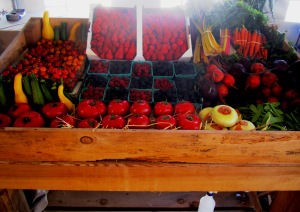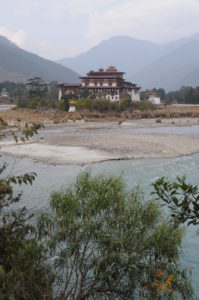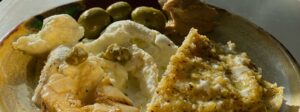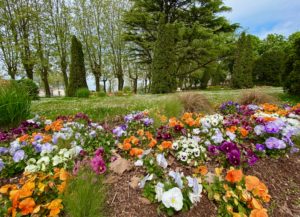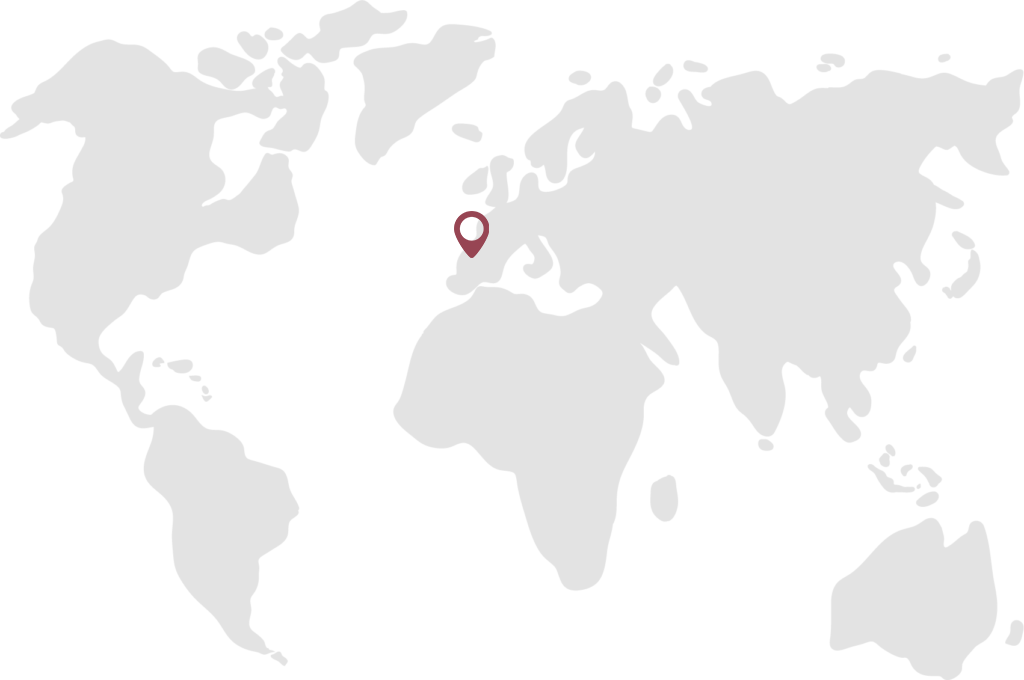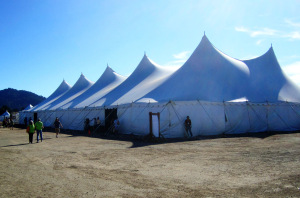
The last post talked about visiting the Sunset Magazine – Savor the Central Coast gathering near San Luis Obispo, California. While there earlier this month, I also nipped into a tasting of Washington State wines.
The moderator, Sara Schneider of Sunset Magazine, explained why we tasted these wines while perched on the coastal plains of California. “Both Washington and the California Coast have a wide variety of microclimates. In Washington these are mostly Cascade Mountain driven.”
She explained a key quality that makes Washington States wines unique.
“The land east of the Cascades is desert – around Walla Walla. The Great Floods laid down silts over basalt. [These were a series of cataclysmic floods created by a broken ice dam that, beginning some fifty millennia ago, each hurled ten times the quantity of the combined flow of all rivers on earth down the Columbia Gorge.] That event created some unique soils in Washington.”
We first tasted three whites – a ‘biodynamic’ Riesling from Wallula Vineyard, a Grüner Veltliner (a grape which is popular in Austria) from Underwood Mountain Vineyard, and an old vine Chardonnay from Kestrel View Estate Vineyard. These three vineyards are, respectively, in Horse Heaven Hills, the Columbia Gorge, and Yakima Valley in Washington State.
Allen Shoup of Long Shadows Vintners (and former CEO of Chateau Ste. Michelle winery) talked about challenges that entertain him.
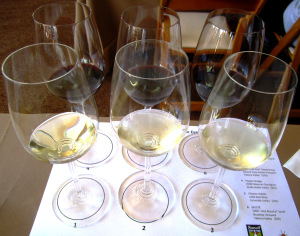
“We’re the newest kid on the block. Ninety percent of Americans have not heard of Washington State or Columbia Valley wines. I’m impressed that ninety percent of the people in Chicago have not heard of us – that’s our opportunity. Europeans observe that Washington wineries lean more toward Europe than the New World. Our wines are not as feminine as the French, nor as masculine as those from Napa. We’re just trying to do the best with what we have. As hard as it is, we’re doing well and having fun.
“Washington offers the greatest value, bang for the buck. Washington State, at all price points, delivers better than anywhere on the planet.”
As we sipped warming Riesling inside a hot tent, Allen considered this a vindication of the quality of the wine. “Riesling typically has the highest acidity. You have to drink it chilled just to tone down the acidity. The fact that this wine is still good when warm is a testament to its quality.”
Ryan Pennington of the Washington State Wine Commission underscored the beauty of rough weather.
“There are seven hundred wineries dotted across the state. The Columbia Gorge to me is one of those exciting regions in Washington State where we’re just scratching the surface of what can be done. It can get brutally cold at night, and certain pests cannot thrive, including phyloxera. We don’t graft in Washington State. We believe it leads to greater varietal purity in our wines. In this state we’re getting a dramatic shift of climate in a very narrow area.”
“Which is the best grape to grow? That’s like being asked to name your favorite child. By volume, in Washington State it’s Riesling, Cabernet, Chardonnay, and Merlot. We’re happy with the enigma that we are and the diversity that we offer.”
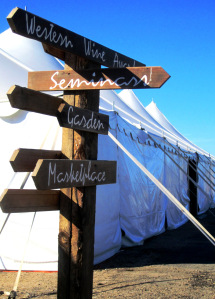
We sampled reds too – a Pepper Bridge Cabernet Sauvignon from Walla Walla, a Chester-Kidder red from Columbia Valley, and Efestē Syrah from the Boushey Vineyard in Yakima Valley.
Hmmm. What was missing, but not missed? Ryan summed it up:
“A lot of Washington winemakers are being restrained with oak.”
The result? Smooth but strong reds. All agreeable all on a lush autumn day.
